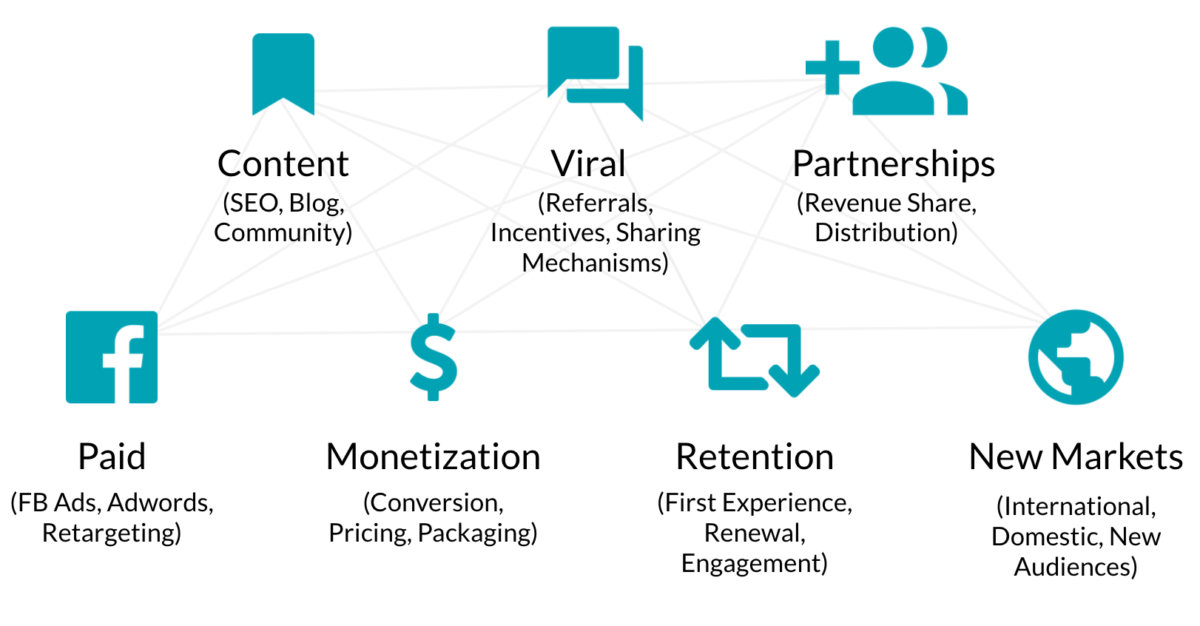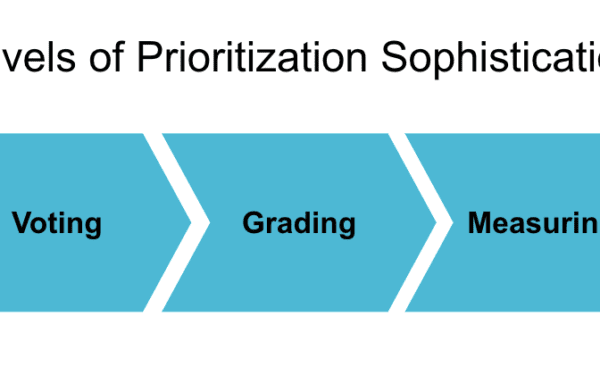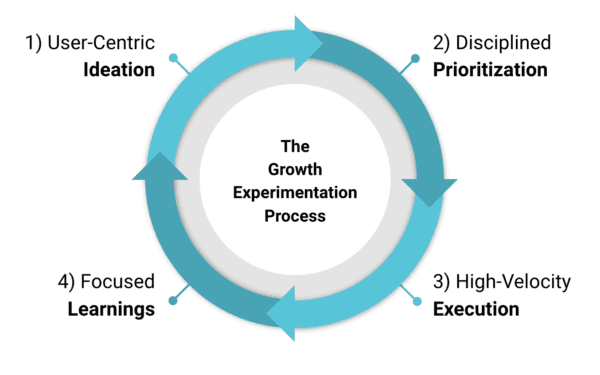Issues with resourcing decisions today:
One of the most important questions companies should be asking themselves regularly –
What is the most effective allocation of resources to maximize our company’s growth?
Most companies determine this every quarter by doing some version of an “executive round-table” debate supplemented by business cases. That approach has a couple important issues with it that are worth considering given how crucial these decisions are:
- It is subject to “loudest voice in the room” risks where decisions are influenced by how strong of a pitch someone gives or how much weight in the company a person has. This approach is open to bias and opinions.
- It is exacerbated by the fact that the business cases fail to provide a unified way to understand, quantifiably, the tradeoffs between resourcing different areas of the business. They are often created by department heads and subject to bias as it is. And oftentimes in the business cases, estimated impact isn’t factored by the amount of resourced needed either, so this makes apples to apples comparisons impossible.
A growth model is the answer to those issues.
Defining a “Growth Model”
A growth model is similar to a financial model, except it is structured around growth levers and metrics which you have the ability to affect.
With how important resourcing decisions are, it is kind of crazy that many companies put in the time and diligence to create one in order to understand the relationship across growth levers.
Here are some of the most common growth levers. This differs business to business and B2C vs. B2B:
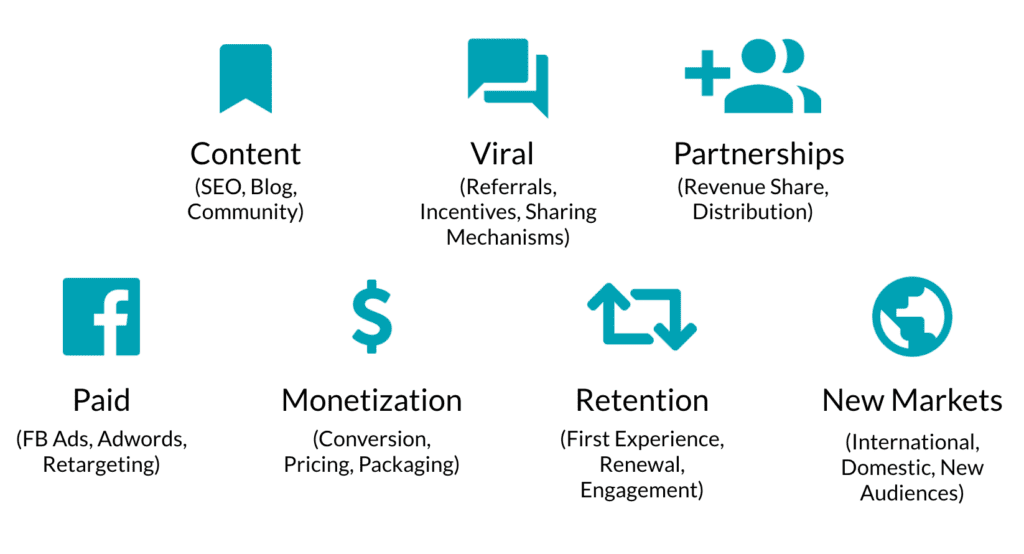
How do you know what will be the best use of your company’s time and resources? Is there not a more important decision to be made than where you put your resources?
Structuring a growth model
A growth model, structured around your growth levers and metrics which you can affect, will help you understand the relationships and tradeoffs between them. It will also give you a shared framework and language to use and evaluate these tradeoffs. Here is an example of what a growth model structure could look like at a high-level:
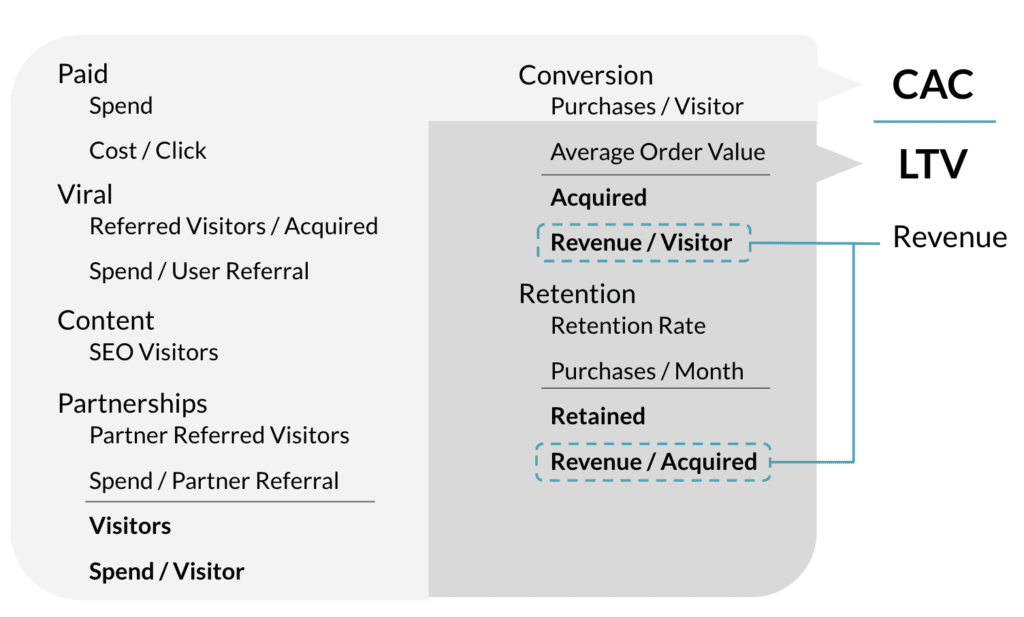
A growth model helps zero-in on which sub-metrics you are planning to affect and how that translates to revenue for the company. They can also be used to validate assumptions and stress test baseline and upside scenarios.
The metrics within each growth lever are key metrics which you have the ability to affect.
The output metrics, or company growth metrics, have a volume metric (i.e. # acquired) and a health metrics (revenue / # of visitors). Also, you will notice that there truly is a relation across all of these growth levers – Revenue, and Customer Acquisition Cost / Lifetime Value.
The output of a good growth model
With a growth model, you are able to understand what a 10% increase in a sub-metric means for Revenue and CAC/LTV.
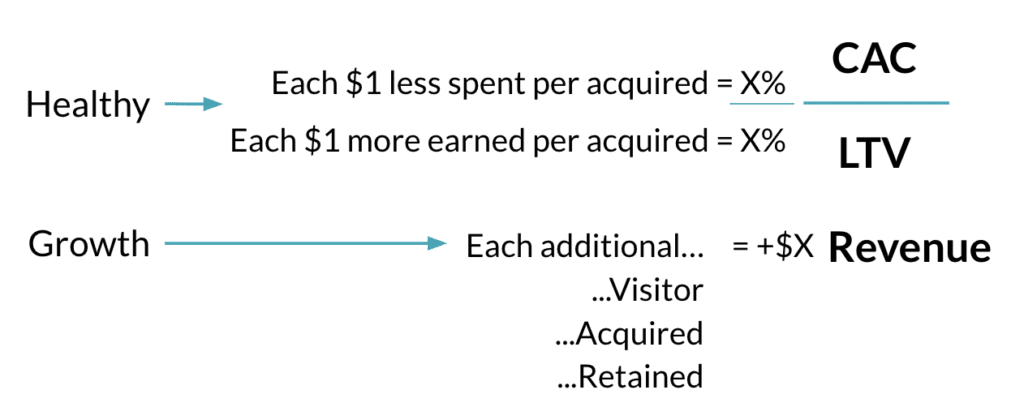
So, when you have a growth model that calculates changes in one metric in one growth level of your business, you will be able to see the overall impact to your company growth level metrics, which span across growth levers and allow you to make these decisions.
One thing I’ve pointed out in the diagram above is the concept of health and growth metrics which is something that should be called out throughout a growth model. You can trade health for growth in many cases depending on your business priorities. The clearest example of this is paid marketing – where you can trade efficiency for scale. However, if you don’t have a growth model in place and concept of health vs. growth metrics, an unrealistic expectation can arise around achieving both simultaneously.
Another benefit of a growth model is that is forces you to talk about which sub-metrics you believe you can change within a growth lever and what your hypotheses are to change them, whereas, with business cases this level of detail is not typically achieved, and there are sweeping assumptions made to guestimate what the net revenue impact will be of an initiative.
But perhaps most important benefit of a growth model is that it provides a shared language and basis for discussion when it comes to growth planning and resourcing which typically tends to be segregated by department rather than unified by a shared company growth model.
